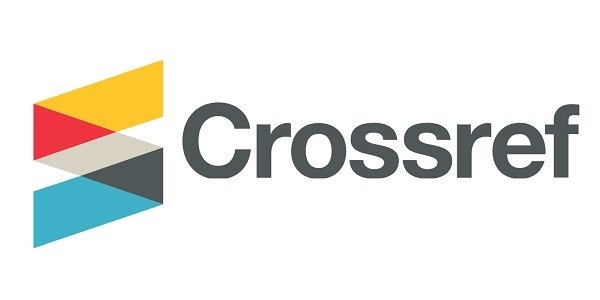The Quality Of Composite Board Made Of Waste Oil Palm Stem (Elaeis Guineensis Jacq) And Recycle Polyethylene (Pe)
Abstract
The main objective of this research was to find out the substitution of solid wood and it may solve environmental problem. These researches concerned on using waste of oil palm stem particle form and recycle plastic polyetyhlene (PE) as raw materials for composite board. In this research, 5% Maleic Anhydride (MAH) was added to increase compatibility and 0.75% Dicumyl Peroxide (DCP) was added to initiate the reaction of maleolation. The methods of this research followed JIS A 5908 (2003) with ratio of plastic to particle were 50:50, 60:40 and 70:30, respectively, pressed at 30 kgf/cm2 in 165°C for 15 minutes. Evaluation on physical and mechanical properties based on JIS A 5908 (2003), and the result of physical properties as follow : 1) Density met the standard at 0.77 - 0.99 g/cm, 2) The value of moisture content were below on target and the standard because of the hidrofobicity of PE, the range were 0.79 - 3.06%, 3) Thickness swelling of the board for 24 hours fulfill the standard the value were 0.44 - 2.77%. Unfortunatelly the water absorption were 2.82 - 16.19%. Mechanical properties consist of modulus elasticity (MOE), modulus rupture (MOR) and screw holding strength didn’t meet the criteria of JIS A 5908 (2003), except MOR with plastic: particle 60:40 with particle made of inner stem. Keywords: Composite board, oil palm stem, polyethylene (PE)Downloads
Published
2010-05-19
Issue
Section
Articles
How to Cite
The Quality Of Composite Board Made Of Waste Oil Palm Stem (Elaeis Guineensis Jacq) And Recycle Polyethylene (Pe). (2010). Jurnal Teknologi Industri Pertanian, 19(1). https://journal.ipb.ac.id/jurnaltin/article/view/1096


_page-00013.jpg)






_(1).png)
